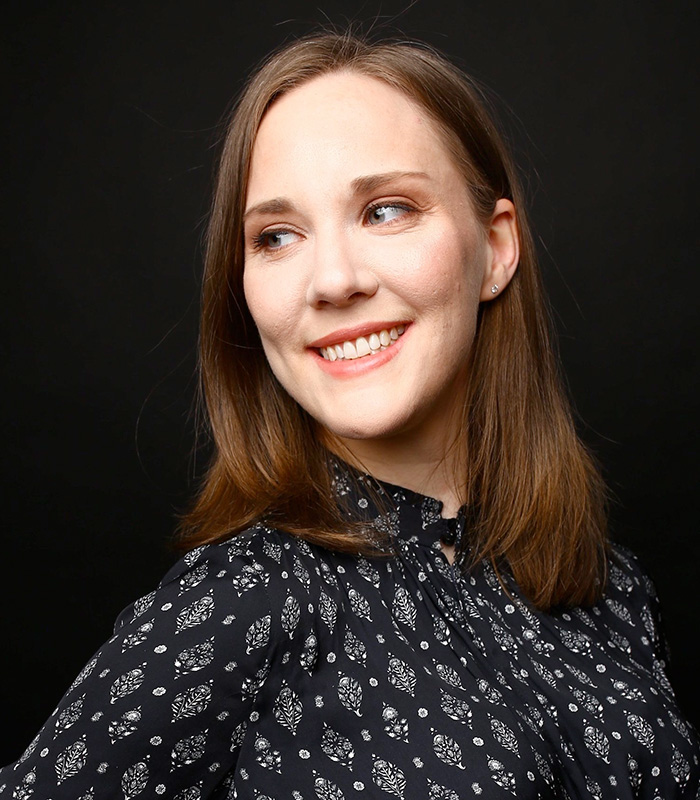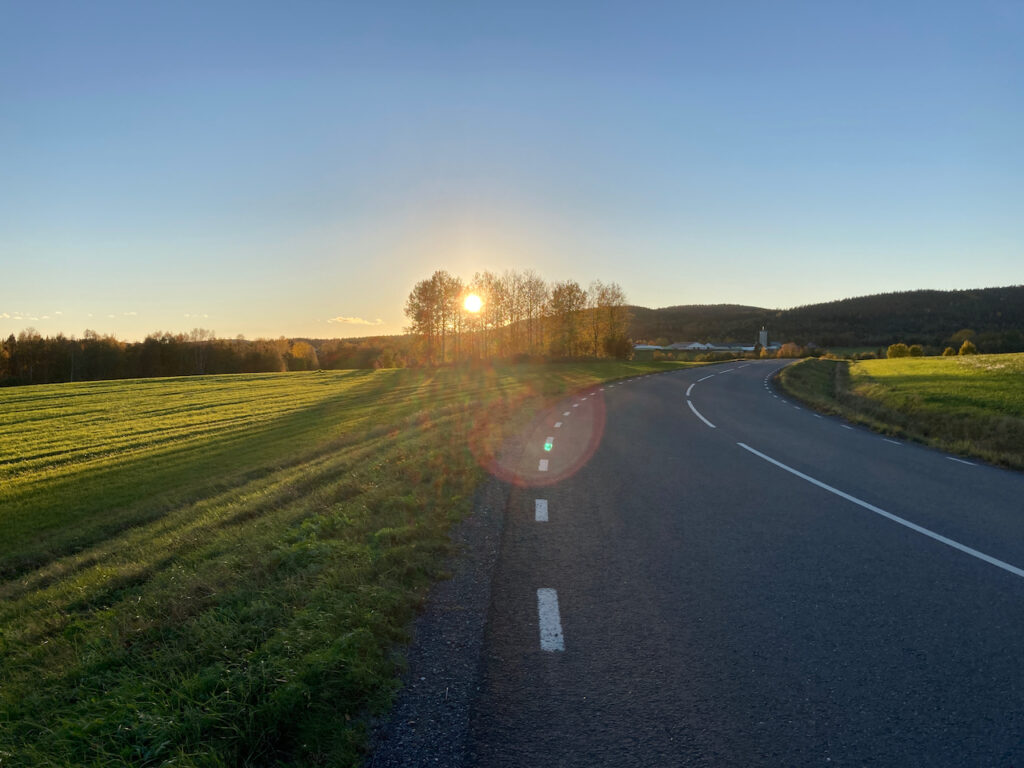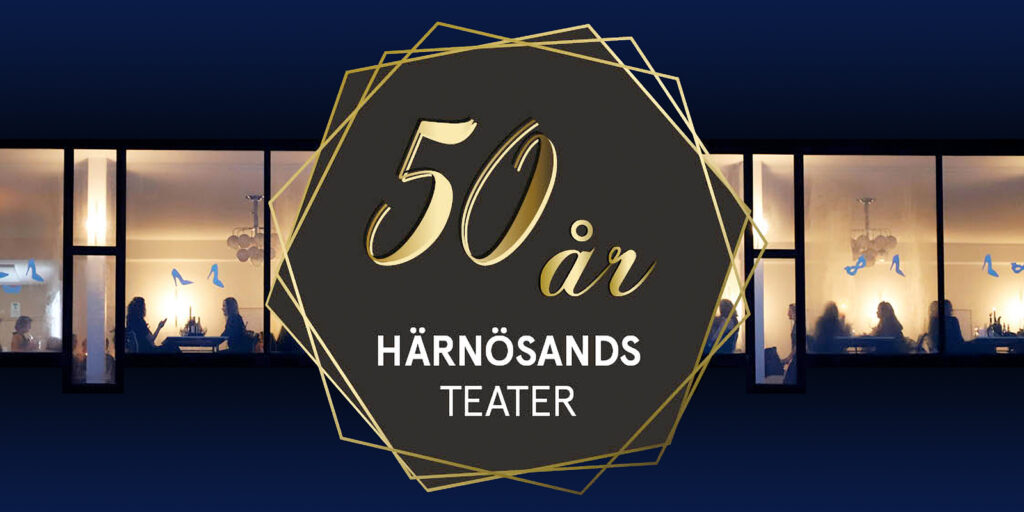This Thursday evening, if you happen to live in or near to Härnösand in Sweden, you should definitely come to Härnösand Theatre for a full evening of concerts featuring, among other things, the premiere performance of a new musical work by myself and my friend and colleague Jörgen Häll! And believe me, there is plenty more to see and hear.
The evening begins at 6:00pm with an open bar and a performance of Pauline Oliveros‘ 1979 composition Rock Piece: one of her signature ‘text scores’, music that is described verbally instead of through musical notation. At 6:30pm, the evening’s first concert begins: Mezzo-soprano Helena Gedda, flautist Christine Amcoff and pianist Matti Busch perform works by 20th and 21st century composers, including three songs by one of my favourite 20th century song composers, Rebecca Clarke.
The second concert begins at 7:30pm and features new electronic works by composition teachers and students from Härnösands folkhögskola and Hola folkhögskola. My good friend and colleague in Härnösand Jörgen Häll is one of them, as well Björn Eriksson who teaches at Hola and is the president of Härnösand’s contemporary music association Förenigen Nymus.
The third concert begins at 8:30pm with soprano Anna Hanning Häggström and pianist Pia Giger performing songs and opera arias by contemporary composers, including a song cycle by Peter Lyne after poems by Romantic poet John Clare and arias from operas by Paula af Malmborg Ward and Daniel Börtz. Anna and Pia will also perform a song that I wrote several years ago that is still one of my own personal favourite works: Trädet och skyn (“The Tree and the Sky”), after a poem by Nobel Prize winning poet Tomas Tranströmer.
Additionally, Helena will premiere a brand new work for voice and electronics that is a bit of an oddity, in that I have been entirely disengaged from the creation of the music. My good friend and colleague Jörgen Häll has set to music a poem that I wrote earlier this year.
Jörgen is, dare I say, much more experienced in working with electronic and electroacoustic music than I am. I am particularly excited to hear the finished pieces, as it is undoubtedly far from what I most likely would have created if I had been responsible for the music.
Another fun fact is that Helena, Jörgen and I all studied almost concurrently at the College of Music in Piteå. I have known Helena since 2006, when we first sang together in the same youth choir in Stockholm. Getting the chance to work together professionally many years later is a particular delight for me personally!

This work that Jörgen and I have made was funded through an arts grant from Region Västernorrland which we were graciously awarded earlier this year. Jörgen and I decided early on that I would first write a text and he then set that text to music. We had been talking about some kind of artistic collaboration for a while and this was a perfect opportunity to realise those plans.
The initial pitch was a work of art that reflects society’s post-pandemic reopening. I found the idea to have some potential, but ultimately a bit dull and also a likely impetus for several other works as well. Therefore, I wanted to tweak the idea somehow and make it my own.
For many years now, I have been following the work of award-winning Swedish author and journalist Katarina Wennstam. She is a writer, public speaker and opinion leader whose work focuses on violence against wimen. She has written both acclaimed non-fiction titles like Flickan och skulden (“The Girl and the Blame”) and Flickan och skammen (“The Girl and the Shame”) as well as several suspense novels.
Inspired primarily by Flickan och skammen, I decided to write a poem specifically about society’s tentative reopening from a woman’s point of view. Reading and re-reading Flickan och skammen, listening to and watching TV and radio documentaries and talking to female friends made writing this kind of poem feel even more urgent and important.
And difficult.

What I wanted least of all was to become one more in a long line of men describing to women what their situation is like. One way in which I tried to avoid this was to continuously ask for advice from close female friends, showing them drafts and asking for feedback in order to keep the text as authentic as possible to a life experience that I honestly will never be able to fully understand.
The poem ended up in three parts. Each begins with the narrator questioning themselves, who they are and why the have become the person that they are. With each new part, the questions close in on the central argument of whether a woman is safer at home, with her partner and her family, or out in society. Or perhaps not safe at all?
It is a well-known and well-reported fact that most violent crimes against women take place in the so called “safety” of their own homes, rather than outside. At the same time, women cannot feel entirely safe or relaxed outside, either. This tragic situation, which has been amplified by the pandemic and the restrictions and lockdowns that has followed, inspired me to want to try and do something to highlight it further.
Whether or not this artistic creation that I and Jörgen have made can make any substantial contribution for the better is, I suppose, something that only time will tell. But if we can inspire at least one person, or maybe two, or even three, to think about these issues more or even talk with their friends, family and colleagues about it, it will be worth it.
As with so many things in life: No one person can do everything, but everyone can do something.
Come find out for yourself this Thursday at Härnösand Theatre. Perhaps I’ll see you there!

